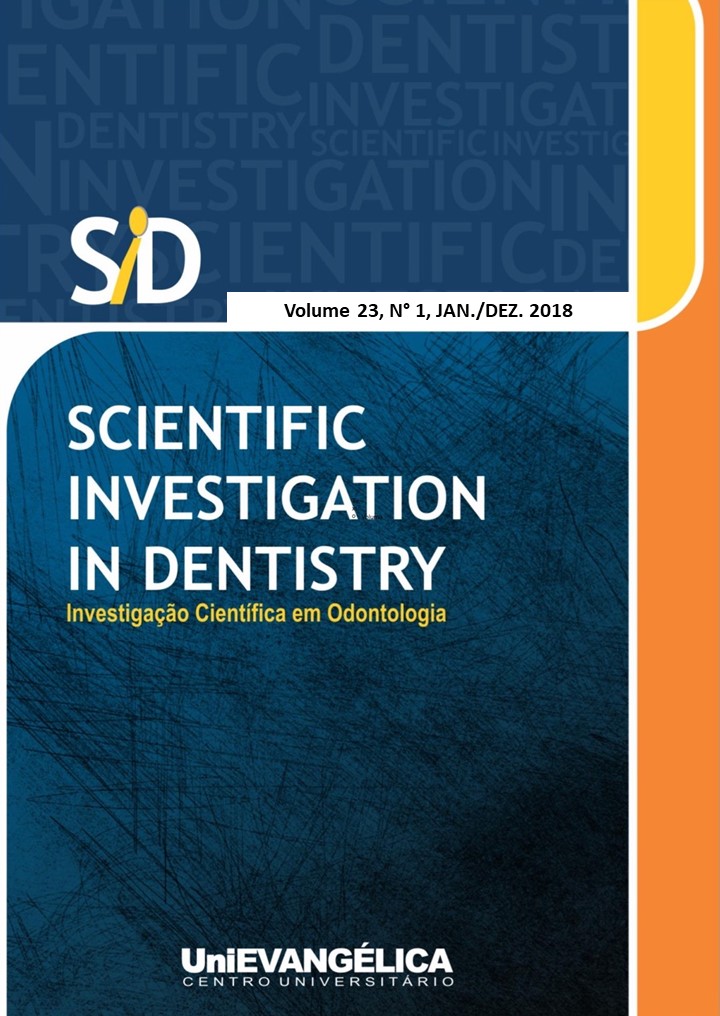Research of sexual dimorphism through dental assessment of the permanent human canine teeth
DOI:
https://doi.org/10.29232/2317-2835.2018v23i1.p12-16Abstract
Background: Forensic Odontology, through scientific methods of dental characteristics analysis, helps in civil and criminal investigations of human identification. Teeth are elements that present high strength even in unfavorable conditions, and they might keep on skeletonized, charred and decomposing bodies. Thus, determine the gender through dental parameters has been widely used, considering the measures of dental elements as an important means of identifying a person. Aim: Investigated the use of permanent human canine tooth as a sexual dimorphism predictor in a sample of Goiás state population, Brazil. Methodology: Dental casts obtained from patients aged between 10 and 25 years, of both genders, from a private dental clinic, were analyzed by an examiners with training in dentistry, being held the mesiodistal and buccolingual (VL) measurements (MD) directly in the models using a digital caliper. Results: Measurements were made on 84 permanent human canine teeth of 21 individuals, 9 of whom were male. There was no statistically significant difference for odontometric measurements and sexual dimorphism of the upper teeth (13 and 23). A statistically significant difference was found for genders in the mesio-distal measurements of the lower canines bilaterally (33 and 43). Conclusion: It can be concluded that permanent lower canines are the most effective teeth for differentiation between genders, being the mesio-distal measure the most appropriate odontometric technique.
Downloads
Published
Issue
Section
License
Declaro que o trabalho de minha autoria foi submetido apenas para este periódico e por isto, não sendo simultaneamente avaliado para publicação em outra revista. Nós autores, acima citados, assumimos a responsabilidade pelo conteúdo do trabalho submetido e confirmar que o trabalho apresentado, incluindo imagens, é original. Concordamos em conceder os direitos autorais ao periódico Scientific Investigation in Dentistry.

